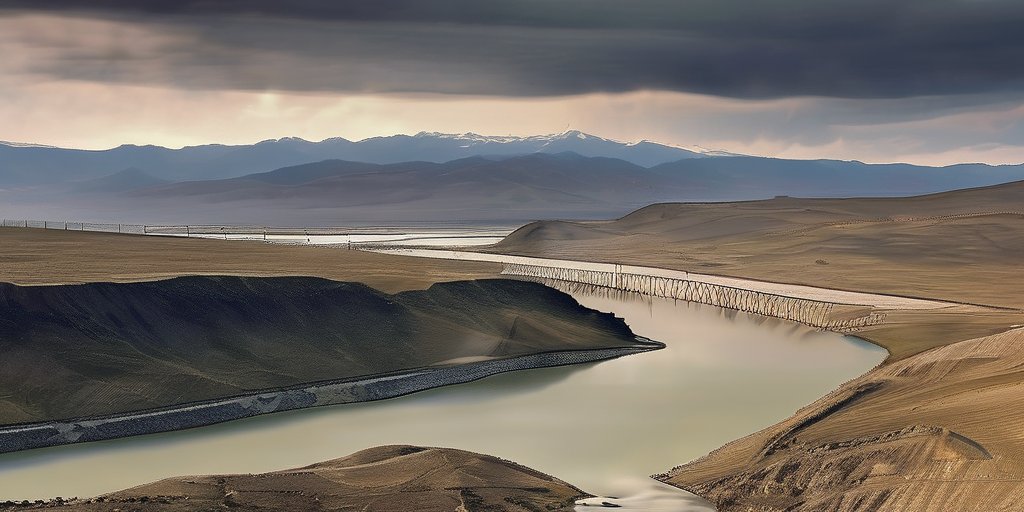In recent weeks, there has been a notable increase in Iranians fleeing to neighboring Armenia, with many expressing a desire for regime change within their homeland. This sentiment has been further amplified by comments from former President Donald Trump, who has voiced support for changing the current Iranian government amid reports of airstrikes on Iranian nuclear sites by the United States and allies over the weekend.
The Agarak border crossing, a vital gateway between Iran and Armenia, has seen a steady stream of individuals crossing on foot, burdened with heavy luggage and a shared sense of urgency. Mariam, a pensioner who recently crossed the bridge that spans the Aras River, stated, “People want regime change… but I don’t know if they’ll succeed, or whether the religious fanatics in Tehran will hold their ground. We will see.”
The atmosphere in Iran has been growing increasingly tense, with the internet disrupted and foreign journalists largely barred from reporting on the situation. Despite these challenges, many Iranians are vocal about their dissatisfaction with the current regime, indicating a complex public mood that is both fearful and hopeful for change.
While crossing the border, individuals like Alenoosh, who came from a family of Iranian Armenians, emphasized that “time is up for the regime.” This chorus of voices highlights a widespread belief that dissatisfaction is mounting, though they also reflect the conflicted feelings many harbor—mixed sentiments about what external intervention, as discussed by Trump, could mean for the future of Iran.
This surge in cross-border movement provides a glimpse into the realities on the ground in Iran, where daily life continues under a cloud of uncertainty and fear. The rapid pace at which people are leaving can be seen as a response to both the internal pressures of living under a scrutinized regime and the external influences that prompt discussions of regime change.
In light of these developments, the global community is watching closely. The situation in Iran remains fluid, and with each passing day, the voices seeking change grow louder. The interplay between local sentiments and international actions could ultimately shape the future of Iran and its people.
